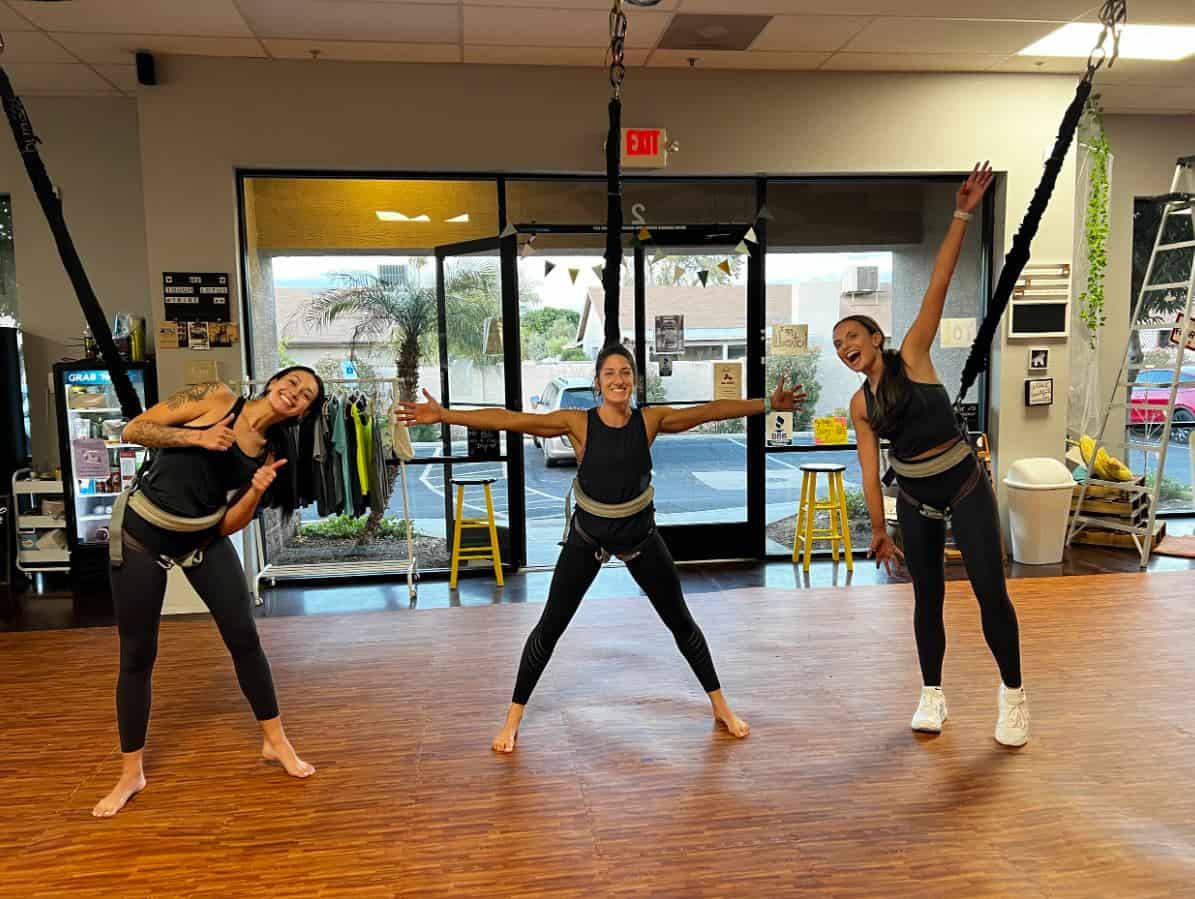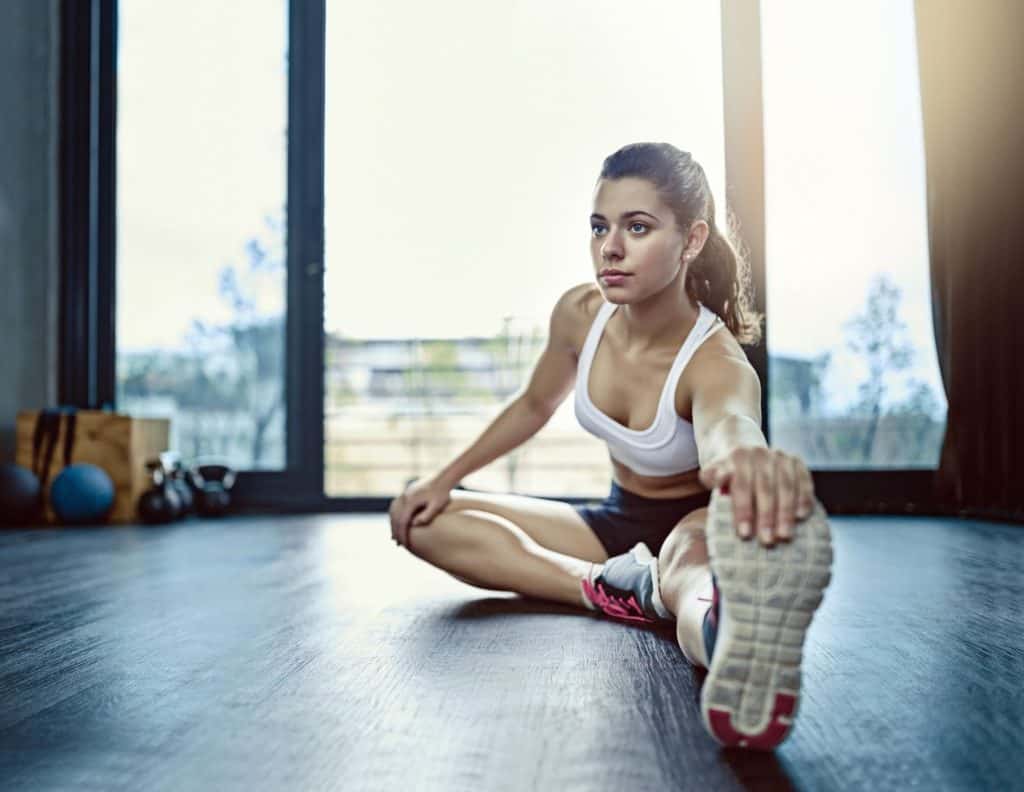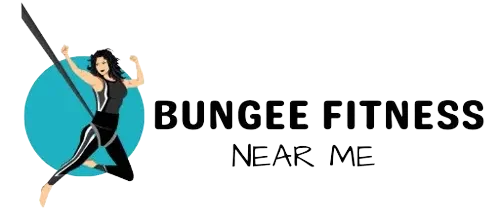Why Compression Socks Are Essential for Bungee Fitness Enthusiasts?

Bungee fitness has taken the fitness world by storm. Combining cardio, strength training, and acrobatics, it offers a full-body workout that’s high in energy and low in joint impact. But with all the jumping, stretching, and dynamic movements involved, it’s essential to support your legs properly—and that’s where compression socks come in.
In this handy guide, we’ll break down why compression socks are more than just a trendy accessory for bungee fitness enthusiasts. We’ll explore their role in leg health, performance, and recovery, and offer tips on choosing the right pair.
The Demands of Bungee Fitness on Your Legs
Bungee fitness isn’t your average workout. The elastic cords allow for gravity-defying moves, but they also demand significant engagement from your leg muscles. Calves, quads, hamstrings, and ankles work overtime to stabilize you, absorb impact, and power your jumps. With repetitive, high-energy movements, it’s no surprise that leg fatigue, swelling, and muscle soreness can occur. Proper leg support isn’t optional—it’s crucial.
What Are Compression Socks?
Compression socks are specially designed garments that apply gentle, graduated pressure to your legs. High-quality options, such as performance moisture-wicking compression socks, like those from VIM & VIGR, provide both support and comfort during intense bungee workouts.
This pressure is typically strongest at the ankle and decreases as it moves up the leg. The goal? To promote healthy blood flow, reduce swelling, and support muscle performance. Compression socks are widely used in medical, athletic, and travel contexts, and they’ve become increasingly popular among fitness enthusiasts—including bungee athletes.
How Compression Socks Benefit Bungee Fitness Enthusiasts
1. Improved Circulation
Bungee fitness challenges your cardiovascular system. The dynamic movements can cause blood to pool in the lower legs, especially during sustained activity. Compression socks help keep blood flowing efficiently back toward the heart, reducing the risk of lightheadedness and fatigue.
2. Reduced Muscle Vibration and Fatigue
Every jump, bounce, and landing generates micro-vibrations through your muscles. Over time, this can contribute to fatigue and soreness. Compression socks act like a supportive hug for your muscles, reducing these vibrations and helping you feel stronger for longer.
3. Minimized Swelling
It’s common for athletes to experience mild swelling in the feet and lower legs after an intense session. The gentle pressure of compression socks helps prevent fluid buildup, keeping your legs feeling light and comfortable even after a high-intensity class.
4. Enhanced Recovery
The benefits of compression socks don’t end when class does. Wearing them during recovery can help flush out metabolic waste products, such as lactic acid, that contribute to soreness. This can mean faster recovery times and less muscle stiffness between workouts.
5. Joint and Tendon Support
Bungee fitness puts unique demands on the ankle joints and Achilles tendon. Compression socks offer light structural support, helping stabilize these areas during movement and reducing the risk of minor strains.

What to Look for in Compression Socks for Bungee Fitness
Not all compression socks are created equal. Here’s what to consider when choosing a pair for your bungee workouts:
- Graduated compression: Look for socks that provide stronger pressure at the ankle, tapering up the leg. This promotes healthy blood flow.
- Breathable material: Bungee fitness can be sweaty work. Moisture-wicking fabrics like nylon blends or performance synthetics help keep feet dry and comfortable.
- Compression level: For athletic use, a moderate compression level (15-20 mmHg) is usually ideal. Higher levels may be recommended for medical needs, but consult with a healthcare professional if you’re unsure.
- Fit: Your socks should feel snug but not restrictive. Avoid any that cause tingling or numbness.
- Durability: Bungee workouts are high-intensity. Opt for compression socks designed for athletic use to ensure they withstand repeated wear and washing.
When to Wear Compression Socks
For bungee fitness enthusiasts, compression socks can be beneficial:
- During workouts to support circulation, muscle performance, and joint stability.
- Immediately after workouts to aid recovery and minimize post-exercise swelling.
- On rest days or during travel (especially after a hard week of classes) to promote ongoing leg health.
What Experts Say
According to Dr. Megan Lewis, a sports medicine specialist, “Compression garments, including socks, can be an effective tool for athletes engaging in high-impact or dynamic sports like bungee fitness. They support muscle efficiency and can play a role in recovery, particularly when combined with proper hydration and stretching.”
A 2020 study published in the Journal of Strength and Conditioning Research found that athletes who wore compression socks during and after workouts reported lower levels of perceived muscle soreness and faster recovery times compared to those who did not.
Additional Tips for Leg Health in Bungee Fitness
While compression socks are a great tool, leg health in bungee fitness also benefits from:
- Dynamic warm-ups that activate key muscle groups.
- Proper hydration to prevent cramping and support circulation.
- Stretching and mobility work post-workout to maintain flexibility.
- Cross-training to build balanced strength and reduce overuse injuries.
Final Thoughts
Compression socks are more than just a trendy accessory for bungee fitness enthusiasts—they’re a smart, functional tool for supporting leg health, boosting performance, and enhancing recovery. When paired with good training habits, hydration, and recovery strategies, they can help you bounce stronger, safer, and longer.
If you’re ready to take your bungee fitness practice to the next level, consider investing in a quality pair of compression socks designed for athletic performance. Your legs will thank you.
